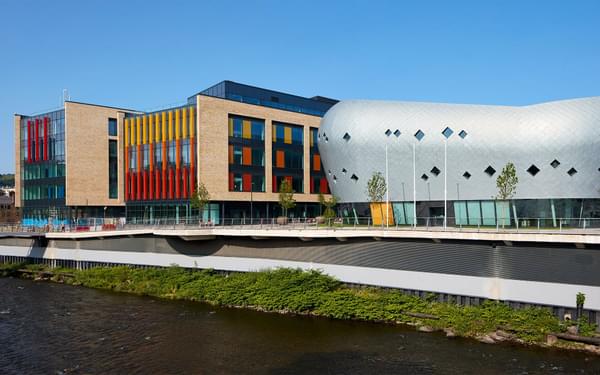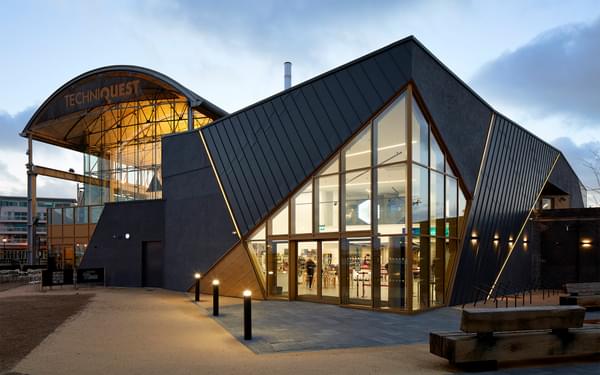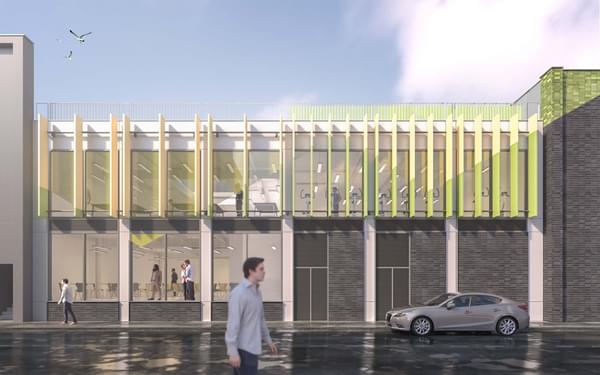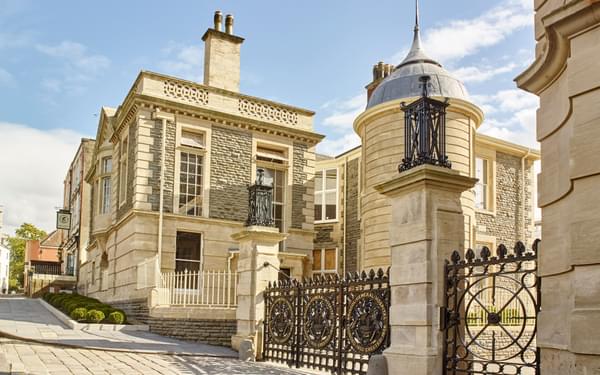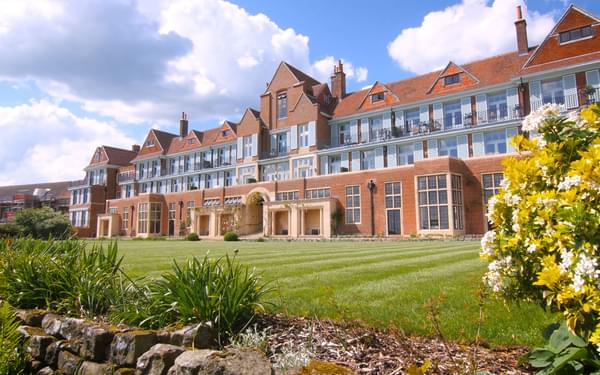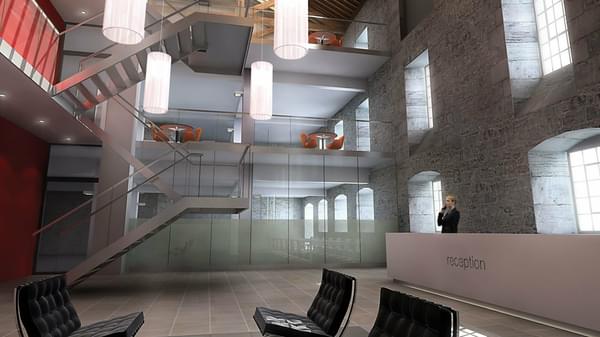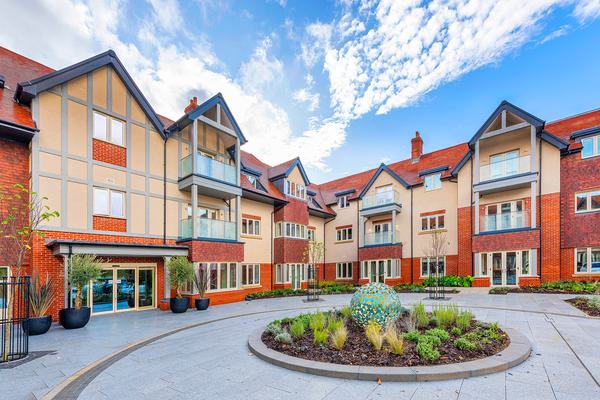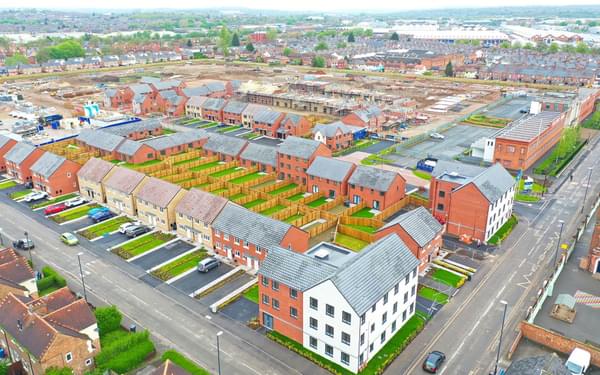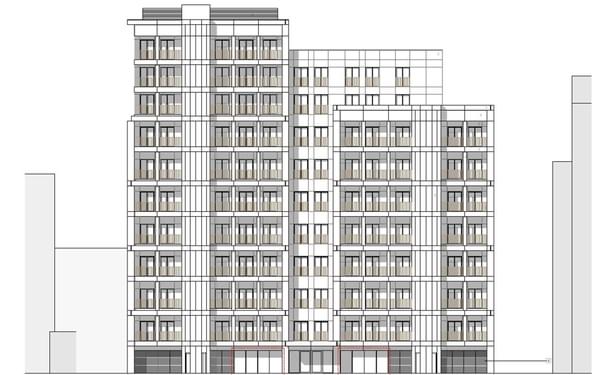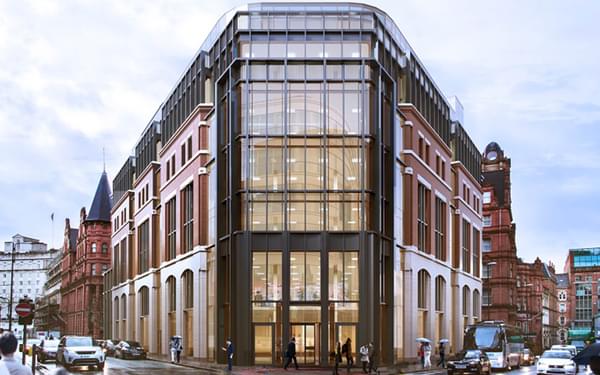Catalyst for regenerating an industrial heritage site

50,000
Estimated visitors per annum
CARE
Support from our in-house conservation specialist
12
Listed heritage buildings across whole site
Breathing new life into a landmark industrial site, a new distillery and visitor centre for the world-famous Penderyn Whisky brand is attracting further investment to this south Wales community.
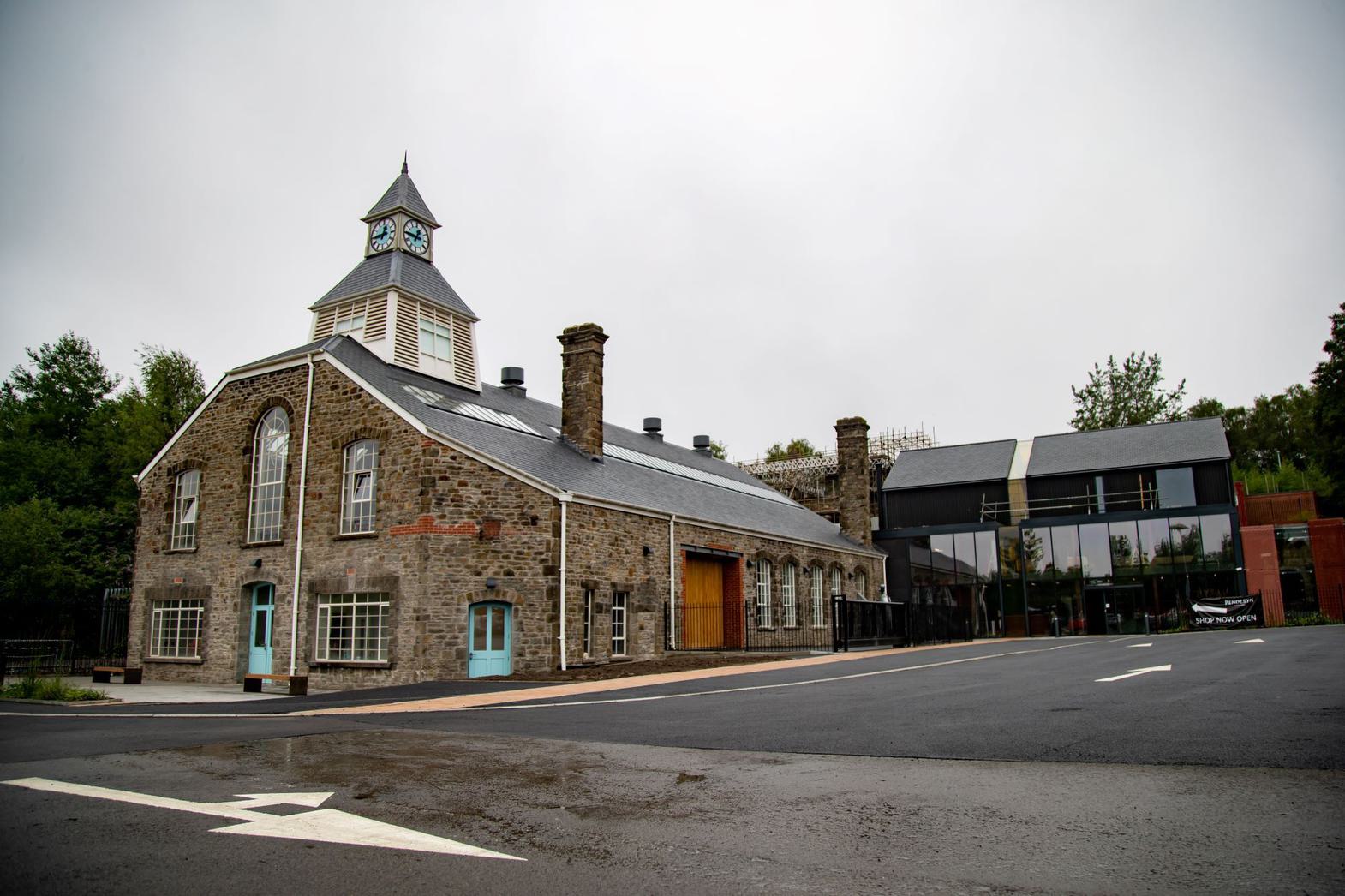
In 1900, the Hafod copperworks were the largest in the world. Derelict since closure in 1980, much of the site was demolished leaving just a few buildings as a reminder of Swansea’s industrial heritage.
Now, led by Swansea Council, that heritage can be celebrated and a community can be re-energised.
Backed by Heritage Lottery Funding and a sustainability initiative between the Council and Swansea University, the development of a new distillery, barrel store and visitor centre for Penderyn Whisky heralds the start of regenerating the 12.5 acre site for future generations.
Our civil, structural and geo-environmental engineers were appointed to drive forward the design programme for the distillery on what is a highly complex site.
We thrive when faced by the complex. The historic ground conditions, significant archaeological finds and the approach to repurposing existing, listed buildings and structures, are typical of the challenges our team simply love to rise to.
The result is a contemporary production facility on the site of a former industrial powerhouse. It also acts as a tourist attraction with a visitor centre to provide a tasting bar, exhibition space and retail offer which is estimated to draw 50,000 visitors a year. As the anchor tenant, the distillery's presence will help attract further investment into the overall site.
The project has received multiple awards in 2024, including winner of the category 'Regeneration & Retrofit' at the Constructing Excellence in Wales Awards, as well as winning the 'Heritage Project' at the RICS Wales Awards and the 'Sustainability' award at Insider Wales Property Awards.
It has also been shortlisted for a Building award in the 'Retrofit project of the year' category.
“ Hydrock got the project moving. You listen, take the time to understand the scope, and build your ideas into a workable solution. ”
Tracy Nichols
External Funding Programme Officer, Swansea Council
Engineering excellence for a new beginning
Seeped in a rich industrial past, Hafod-Morfa Copperworks is a complex brownfield site.
To bring the Council’s vision to life, our starting point was to de-risk the ground conditions through a series of investigations, assess the historic structures for refurbishment and re-use, and plan how to adapt the designs to the changing nature of the site as archaeological works progressed.
Our team addressed a number of archaeological discoveries which influenced our approach to civil and structural designs as we kept the overall programme on schedule. These included a previously unknown tunnel passing through the site and under the Rolling Mill; unknown drainage and services; a natural spring; and buried revetment walls, archways and former furnace pits whose discovery has required alterations to designs.
Our engineering design has accounted for the repair, restoration and enhancement works to the Grade II listed Powerhouse building, which now houses Penderyn’s distillery and tasting room. Our work also included the sensitive repair of the decorative timber and iron-trussed roof, re-building of the former clocktower and consolidating the existing building fabric.
With in-house support from our resident Conservation Accreditation Register for Engineers (CARE) specialist, we’ve delivered a sympathetic restoration of the listed buildings.
The result is that the barrel store will be housed in a modified section of the Grade II listed Rolling Mill, which previously housed Swansea Museum’s offsite collections.
Between these buildings we’ve designed a contemporary new-build visitor centre and inter-connecting walkway. This nestles within the imposing revetment walls, with burnt wood cladding, whisky coloured glass, green roofs, and the creation of a “learning walk” that takes people on a journey back in time, with glass floors and panels providing glimpses and interpretation of the historic tunnels and furnace pits.
The past and the future together
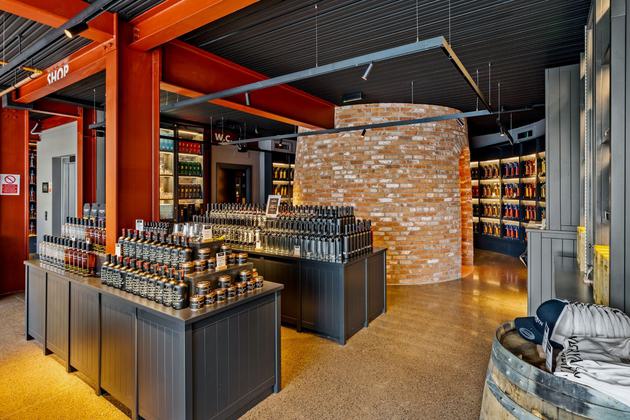
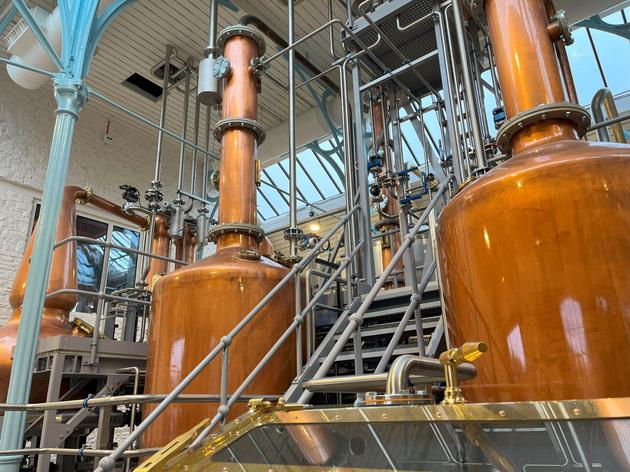
A sustainable solution
The regeneration of the Hafod-Morfa Copperworks celebrates and honours the people of Swansea and their unique contribution to the transformation of Wales into an industrial powerhouse.
This Council-led initiative brings new industry and visitors to the community, provokes learning and understanding of the past, and injects energy and creativity for the future economy of the region.
A quick history lesson
Hafod-Morfa Copperworks shines a fascinating light on our industrial past.
Cornish entrepreneur, John Vivian built the Hafod works in 1808-09 and by 1900 they were the world’s largest copperworks. The Hafod works later joined with Williams Foster & Co’s Morfa works, before copper production in south Wales waned and the rolling mills eventually closed in 1980.
Much of the then derelict industrial halls, chimneys and buildings were demolished, leaving a few structures as a reminder of Swansea’s industrial heritage. The 12.5 acre site now has 12 listed internationally significant industrial heritage buildings or structures across it.
Swansea Council leader Rob Stewart said: “It’s great to see the restoration of this historic site. It’s a demonstration of how seriously we take protecting our heritage for future generations.”
Image courtesy of GWP Architecture

